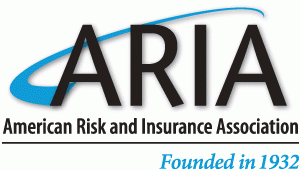



There was a tie for the Mehr Award in 2003. The first recipients of the 2003 Mehr Award were J. David Cummins and Mary A. Weiss for “The Stochastic Dominance of No-Fault Automobile Insurance,” The Journal of Risk and Insurance, Vol. 60, No. 2. (Jun., 1993), pp. 230-264
Abstract
This article presents a rigorous analysis of no-fault automobile insurance in terms of stochastic dominance theory. In (he baseline case, with identical drivers and actuarially fair insurance, no-fault is stochastically dominant as long as the no-fault insurance premium exceeds the ton premium. In this case, no-fault brings a higher proportion of accident costs under insurance, increasing driver welfare. When expense charges are introduced (actuarially unfair insurance) no-fault may still be stochastically dominant if the expense charge is less under no-fault, even if no-fault weakens incentives for good driving and leads to higher accident rates. Elective no-fault is unlikely to reduce auto insurance costs, because drivers with high propensities toward moral hazard are likely to retain their right to sue by choosing ton.
The second recipients for the 2003 Mehr Award were James R. Garven and Richard D. MacMinn for “The Underinvestment Problem, Bond Covenants, and Insurance,” The Journal of Risk and Insurance, Vol. 60, No. 4. (Dec., 1993), pp. 635-646
Abstract
This article complements earlier work by Mayers and Smith (1987) and Schnabel and Roumi (1989), which showed that a property insurance contract could be used to bond subsequent corporate investment decisions. Although these models suggest one possible approach to solving the underinvestment problem, neither model explicitly specifies the economic mechanisms required to guarantee that current shareholders receive the maximum possible benefits from solving this problem. We propose a financing-constrained model that not only eliminates underinvestment but also ensures that current shareholders capture the entire agency cost (net of loading) as an increase in value.
